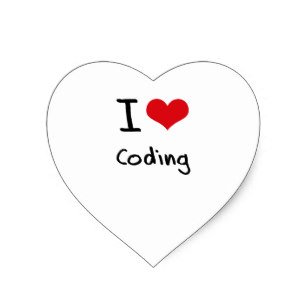It's not frequently used in a regular job but loved by interviewers. Remember to to represent a bit add 0b to a number. For example 0b1 would be one bit that is equal 1 in decimal value.
Bitwise AND
The AND operation takes two bits and returns 1 if both bits are 1. Otherwise, it returns 0.
0b11 & 0b10 // → 2
0b1 & 0b0 // → 0
0b0 & 0b1 // → 0
0b0 & 0b0 // → 0
0b1 & 0b1 // → 1
Bitwise OR
The OR operation takes two bits and returns 1 if either of the bits are 1. Otherwise, it returns 0.
0b11 | 0b10 // → 3
0b1 | 0b0 // → 1
0b0 | 0b1 // → 1
0b0 | 0b0 // → 0
Bitwise XOR
The XOR operation (or exclusive or) takes two bits and returns 1 if exactly one of the bits is 1. Otherwise, it returns 0.
0b1 ^ 0b1 // → 0
0b1 ^ 0b0 // → 1
0b0 ^ 0b1 // → 1
0b0 ^ 0b0 // → 0
Bitwise Not
The NOT bitwise operation takes one set of bits, and for each bit returns 0 if the bit is 1, and 1 if the bit is 0.
More reading: https://en.wikipedia.org/wiki/Two%27s_complement
~0b0 // → -1
~0b1 // → -2
Bit Shifting
A bit shift moves each digit in a number's binary representation left or right. The last bit in the direction of the shift is lost, and a 00 bit is inserted on the other end.
0b0010 << 1 // → 0100
0b1011 >> 1 // → 0101
Bit shifts take number of times to shift as the right argument:
left shift divided by 2 to the power number of shifts, right shift divides by 2 to the power of number of shifts
0b1010110 << 2 //→ 1011000 =0 344
0b1011010 >> 3 //→ 0001011```
we love coding

Reply !stop to disable the comment. Thanks!Hello! Your post has been resteemed and upvoted by @ilovecoding because ! Keep up good work! Consider upvoting this comment to support the @ilovecoding and increase your future rewards! ^_^ Steem On!